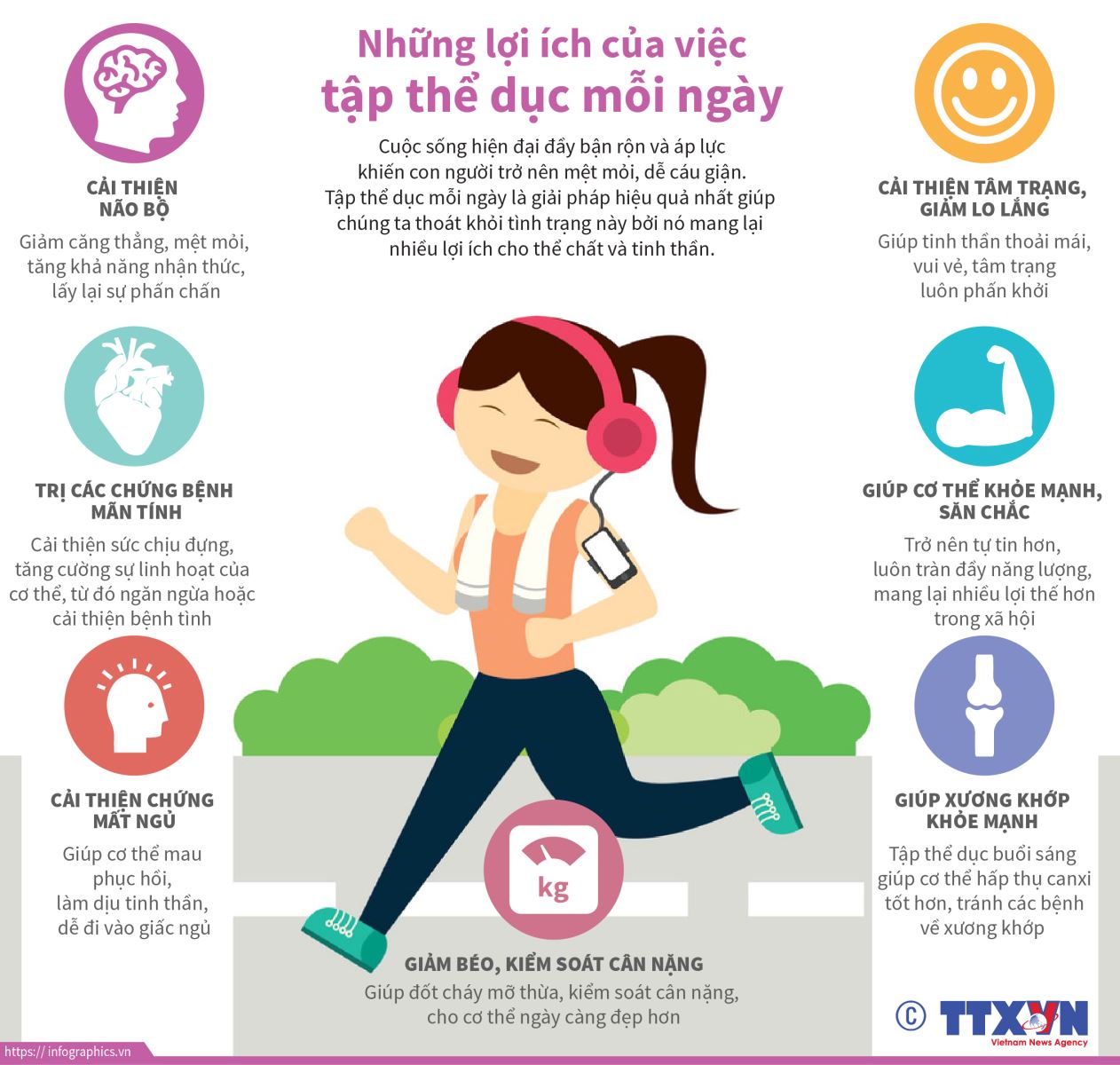The Socialist Republic of Vietnam: A Comprehensive Overview


Chính Sách Vận Chuyển Và Đổi Trả Hàng
Miễn phí vận chuyển mọi đơn hàng từ 500K
- Phí ship mặc trong nước 50K
- Thời gian nhận hàng 2-3 ngày trong tuần
- Giao hàng hỏa tốc trong 24h
- Hoàn trả hàng trong 30 ngày nếu không hài lòng
Mô tả sản phẩm
Introduction to the Socialist Republic of Vietnam
The Socialist Republic of Vietnam (SRV) is a Southeast Asian country known for its rich history, vibrant culture, and rapid economic growth. Officially established in 1976 after the reunification of North and South Vietnam, the country operates under a single-party socialist republic system. With a population of over 98 million people, Vietnam is the 15th most populous country in the world and a key player in the ASEAN region.Geography and Climate
Vietnam is located on the eastern edge of the Indochinese Peninsula, bordered by China to the north, Laos and Cambodia to the west, and the South China Sea to the east. The country's geography is diverse, featuring lush deltas, mountainous regions, and a long coastline stretching over 3,260 kilometers. Vietnam experiences a tropical monsoon climate, with distinct wet and dry seasons, making it ideal for agriculture, particularly rice cultivation.Political System and Government
Vietnam is a socialist republic with a one-party system led by the Communist Party of Vietnam (CPV). The government is structured into three branches: executive, legislative, and judicial. The President serves as the head of state, while the Prime Minister is the head of government. The National Assembly, Vietnam's legislative body, is responsible for enacting laws and overseeing government operations.Economy and Development
Over the past few decades, Vietnam has transformed from a war-torn nation into one of the fastest-growing economies in Asia. The government's Đổi Mới (Renovation) reforms, initiated in 1986, shifted the economy from a centralized planned system to a more market-oriented one. Key industries include manufacturing, agriculture, textiles, and technology. Vietnam is also a major exporter of electronics, footwear, and seafood.Culture and Traditions
Vietnamese culture is a blend of indigenous traditions and influences from China, France, and other neighboring countries. The country is famous for its festivals, such as Tết (Lunar New Year), and its unique cuisine, featuring dishes like phở and bánh mì. Traditional arts like water puppetry and áo dài (the national dress) remain integral to Vietnamese identity.Tourism in Vietnam
Vietnam is a popular tourist destination, attracting millions of visitors annually. Highlights include Ha Long Bay, a UNESCO World Heritage Site, the ancient town of Hội An, and the bustling cities of Hanoi and Ho Chi Minh City. The country's diverse landscapes, from terraced rice fields to pristine beaches, make it a must-visit for travelers.Vietnam's Role in International Relations
Vietnam actively participates in global organizations such as the United Nations, ASEAN, and the World Trade Organization. The country has strengthened diplomatic ties with major powers, including the U.S., China, and the European Union, while maintaining its non-aligned foreign policy stance. Vietnam's strategic location in Southeast Asia makes it a key player in regional security and trade.Education and Healthcare
The Vietnamese government prioritizes education and healthcare, with significant investments in both sectors. Literacy rates are high, and the country has made strides in improving public health, including successful campaigns against infectious diseases. Vietnam's education system is highly competitive, with a strong emphasis on STEM fields.Challenges and Future Prospects
Despite its progress, Vietnam faces challenges such as environmental degradation, income inequality, and corruption. However, with continued economic reforms and sustainable development initiatives, the country is poised to become a middle-income nation in the coming decades. The government's Vision 2045 aims to further modernize Vietnam while preserving its cultural heritage.Conclusion
The Socialist Republic of Vietnam is a dynamic and resilient nation with a bright future. From its rich cultural heritage to its booming economy, Vietnam continues to captivate the world. Whether you're interested in history, business, or travel, Vietnam offers endless opportunities for exploration and growth.Xem thêm: đặc điểm nổi bật về vị trí của đồng bằng sông cửu long là